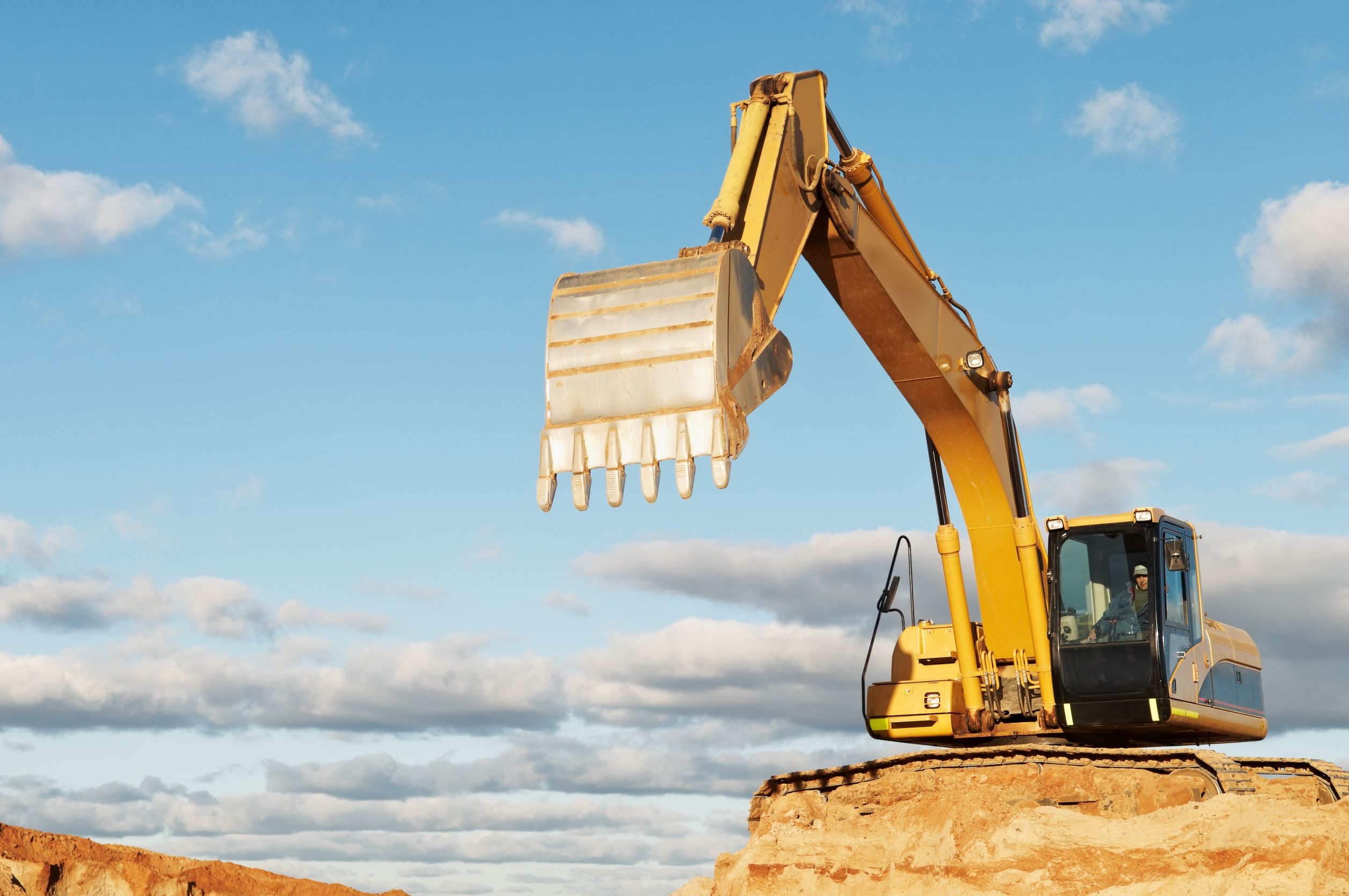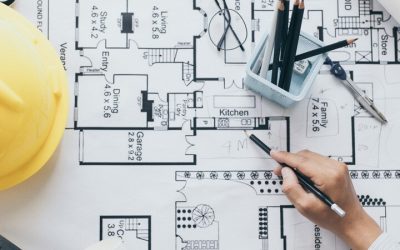The purpose of an industrial ventilation system is to exhaust contaminated air from an industrial location and provide fresh air. It is crucial not just for employees’ comfort but also for their health. Poor air quality can cause many health difficulties, including respiratory problems, headaches, and exhaustion. Furthermore, the presence of hazardous compounds might have long-term health consequences if not accurately controlled. Several primary factors underscore the significance of these systems in industrial settings. For starters, they help to dilute and exhaust toxic fumes, dust, and vapors produced during manufacturing processes. Businesses that efficiently remove these toxins from the air can dramatically minimize the risk of worker health issues. Second, an efficient ventilation system helps increase production. Employees who work in a clean and fresh atmosphere are more likely to feel comfortable and focused. This improved environment can result in higher job performance and lower absenteeism due to illness. Proper ventilation can help maintain ideal temperature levels in industries where workers are exposed to high amounts of heat, adding to their comfort and safety.
Types of Industrial Ventilation Systems
There are various types of ventilation system industrial to choose from, each tailored to specific industrial needs and applications. The most prevalent types are natural ventilation, mechanical ventilation, and hybrid systems. Natural ventilation is based on the circulation of outdoor air into the structure through openings such as windows and vents. This approach can be helpful in some situations, but it may not give appropriate control over air quality, particularly in locations with high amounts of pollutants. In contrast, mechanical ventilation circulates air through fans and ducts. This system provides more precise control over airflow and can be outfitted with filtration devices to remove particles and other hazardous chemicals. Mechanical ventilation is beneficial in industrial environments with high pollution levels and specified airflow rates required for safety compliance. Hybrid systems blend natural and mechanical ventilation to provide flexibility and efficiency. These systems can automatically react to changes in external air quality and temperature, enhancing the indoor environment and reducing energy use.
Implementing an Effective System
Consulting with ventilation specialists can provide accurate information about the best system design for assertive industrial applications. It includes assessing the types of operations used, the amount of pollutants produced, and the number of people working in the space. Regular maintenance of ventilation systems is also necessary. It includes routine filter checks, cleaning, and replacement. Ensuring that the system is running accurately not only improves air quality but also extends the equipment’s life and lowers energy expenditures. Investing in a high-quality industrial ventilation system is critical for guaranteeing employee health and safety while increasing productivity. Businesses can establish a healthier work environment that meets regulatory criteria while also promoting employee well-being by recognizing the importance of adequate ventilation and evaluating various system alternatives.



